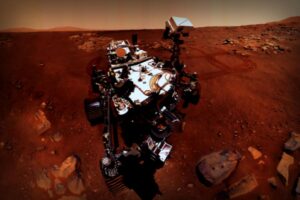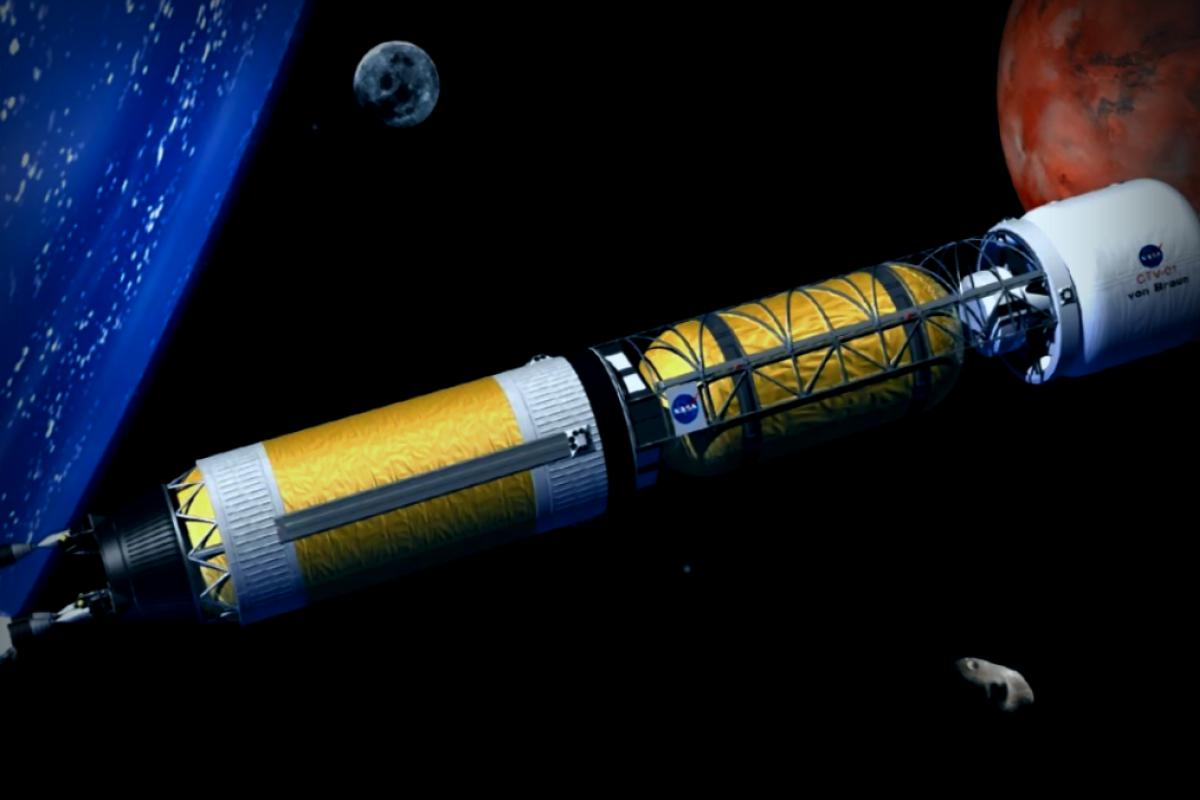NASA is really stepping up its game with nuclear propulsion technology, which could completely change the way we explore space. Imagine if space travel could be faster, safer, and way more efficient—well, that’s exactly what this new technology promises! We’re on the verge of breakthroughs that could revolutionize how we understand and explore the cosmos.
The Basics of Nuclear Propulsion

So, what’s the deal with nuclear propulsion? Well, NASA is considering two main types: nuclear thermal propulsion (NTP), which heats up a propellant like hydrogen in a nuclear reactor and then shoots it out for thrust, and nuclear electric propulsion (NEP), which creates electricity from a nuclear reactor to power ion thrusters. Both of these options could seriously amp up efficiency and power compared to good old chemical rockets, which burn fuel to provide thrust.
Nuclear propulsion systems have major benefits for space exploration; one of the biggest perks is the substantial reduction in travel time, especially for trips to Mars. What used to take months could be slashed down to weeks, changing the game for human exploration in space. Plus, these systems allow for longer missions and greater cargo capacity, opening doors for more comprehensive scientific studies and explorations far from home.
A Look Back in History
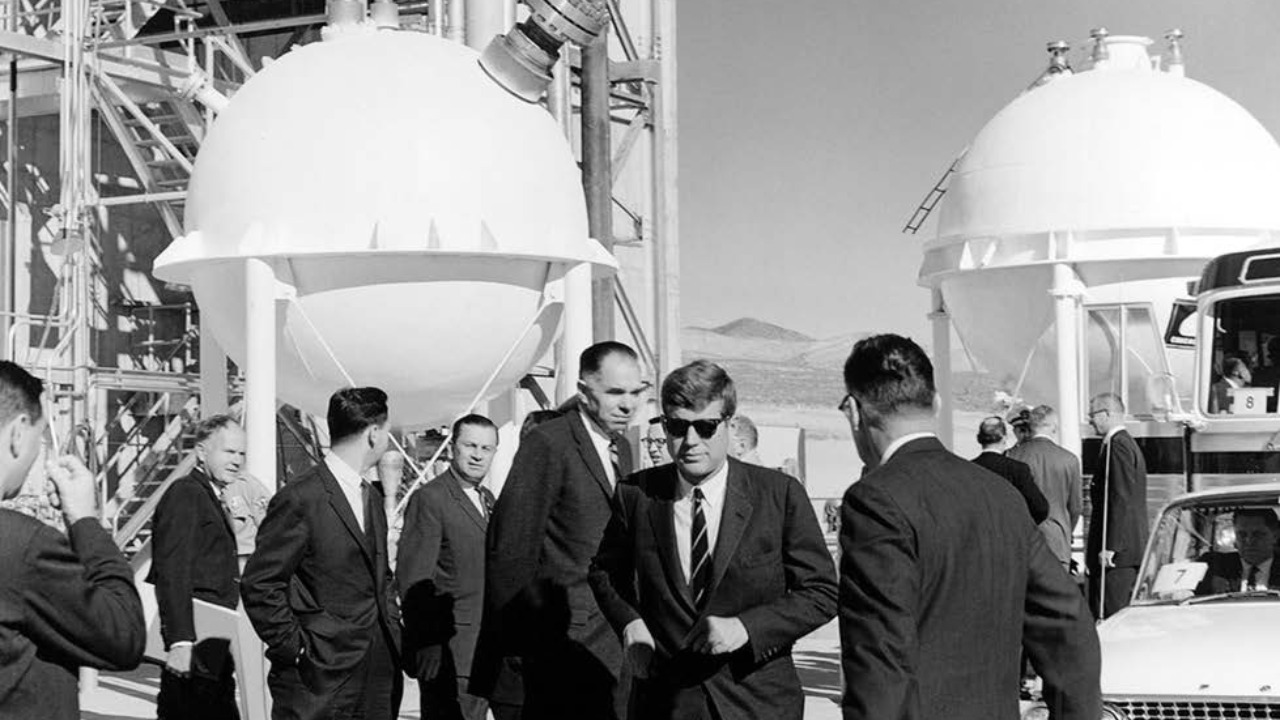
The study of nuclear propulsion isn’t new; it’s been kicking around since the mid-1900s! Back during the Cold War, it was looked at as a strategic advantage, but real progress faced plenty of technological and political bumps along the way. Fortunately, interest and investments in nuclear technology for space have surged recently, mainly thanks to shifts in policy and increased funding. The U.S. government policy is now supporting these advancements, with both government initiatives and private companies stepping up.
There have been key milestones on this road to operational nuclear rockets. NASA and associates have run various tests to prove the possibilities of these technologies. Collaborative efforts between public and private sectors have sped up progress, highlighting how nuclear propulsion might be used practically in missions. It’s a solid foundation for what’s coming up next!
The Future of Human Space Travel
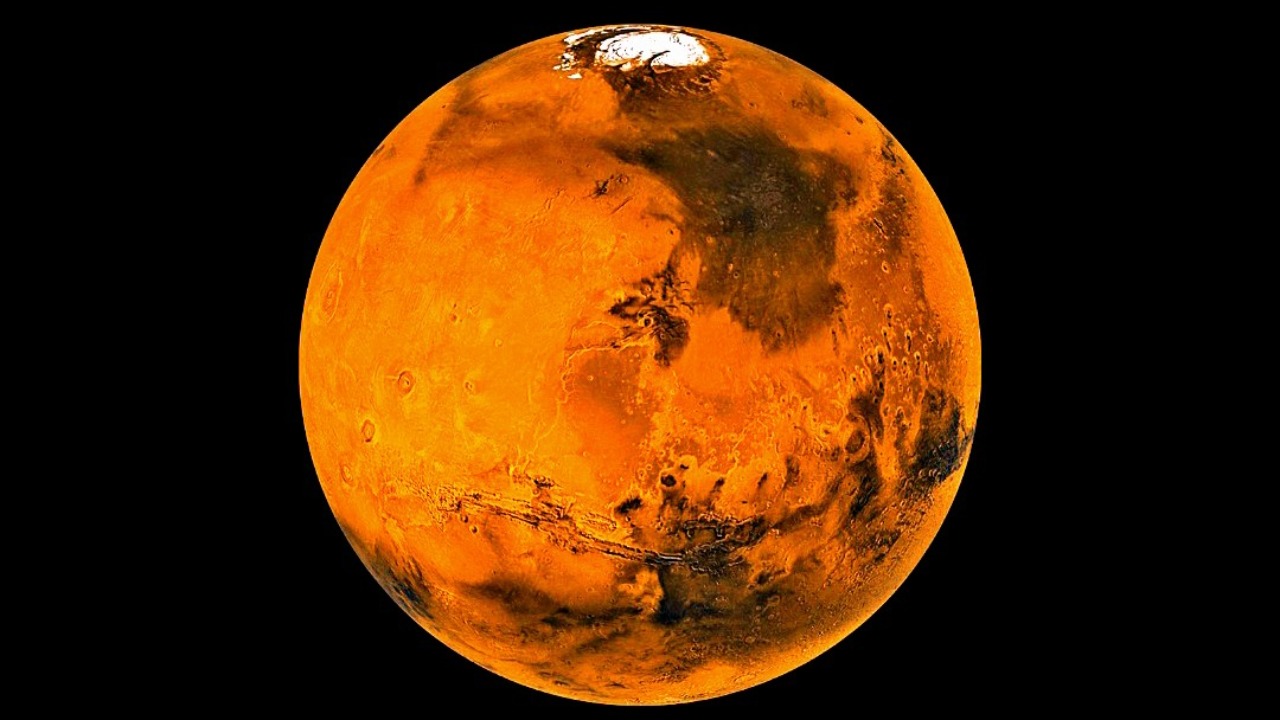
Nuclear propulsion really shines when it comes to sending humans to Mars. By sliced travel times significantly, these rocket systems make crewed missions much more doable. This not only answers looming questions about astronaut health on long trips but also helps balance the use of resources during the journey.
What’s more, this tech paves the way for exploring beyond our solar system! With these advanced rockets, we could reach outer planets and even check out moons of Jupiter and Saturn—who knows, it might set the stage for interstellar travel sometime down the line! The prospect of having permanent bases on Mars and the Moon doesn’t seem as far-fetched anymore.
Facing the Challenges
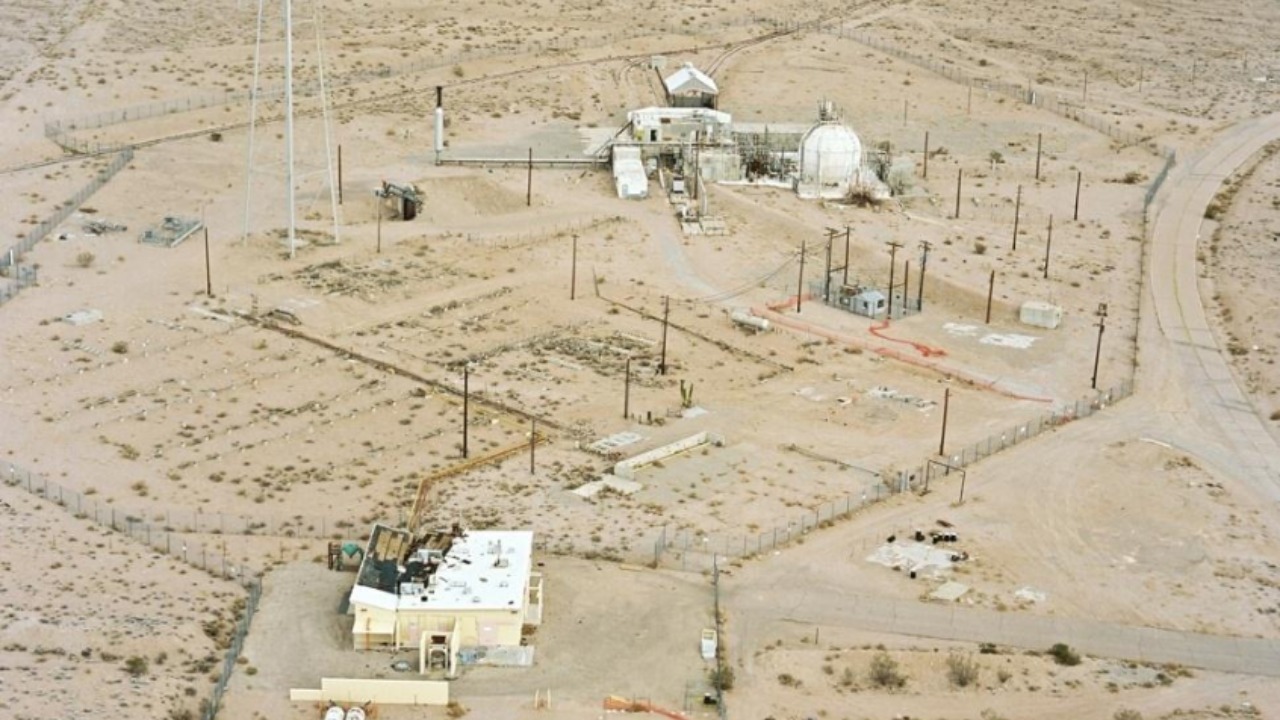
Despite all these exciting possibilities, there are still a few hurdles to overcome. First off, creating nuclear reactors that are reliable and safe for space environments is a tall order. Engineers have to innovate ways to make sure these rockets are structurally sound and perform well in harsh conditions.
Then, there are the safety and environmental issues when considering the use of nuclear tech in space. Management and communication about nuclear materials to the public is super important; they need all the reassurances possible. This means strict regulations and ethical standards must be maintained to minimize any risks. NASA is on it, though, ensuring strong safety protocols are in place to dazzle potential doubters!
The Road Ahead

NASA’s roadmap for nuclear propulsion is aimed straight at innovation, featuring clear plans for developing and testing new technologies. There are initiatives to design and build test reactors and vehicles with upcoming missions acting as potential testing grounds. Their timelines are ambitious, and they strive to integrate nuclear propulsion into future journeys—thewe could be looking at a whole new era for space travel!
On a larger scale, nuclear propulsion fits perfectly into the future notion of exploring and potentially colonizing other worlds. It offers a chance to create more viable and affordable missions, fostering partnerships on a global level. With everyone getting excited about exploring space, nuclear propulsion could become a key player in the collective endeavor to voyage beyond Earth!




